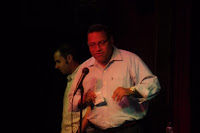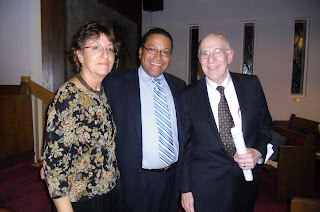Obama Launches Partnership for Patients
The Partnership for Patients: Better Care, Lower Costs is a new public-private partnership that will help improve the quality, safety and affordability of health care for all Americans.
The Obama Administration has launched the Partnership for Patients: Better Care, Lower Costs, a new public-private partnership that will help improve the quality, safety, and affordability of health care for all Americans. The Partnership for Patients brings together leaders of major hospitals, employers, physicians, nurses, and patient advocates along with state and federal governments in a shared effort to make hospital care safer, more reliable, and less costly.
The two goals of this new partnership are to:
(1) Keep patients from getting injured or sicker. By the end of 2013, preventable hospital-acquired conditions would decrease by 40% compared to 2010. Achieving this goal would mean approximately 1.8 million fewer injuries to patients with more than 60,000 lives saved over three years.
(2) Help patients heal without complication. By the end of 2013, preventable complications during a transition from one care setting to another would be decreased so that all hospital readmissions would be reduced by 20% compared to 2010. Achieving this goal would mean more than 1.6 million patients would recover from illness without suffering a preventable complication requiring re-hospitalization within 30 days of discharge.
Achieving these goals will save lives and prevent injuries to millions of Americans, and has the potential to save up to $35 billion dollars across the health care system, including up to $10 billion in Medicare savings, over the next three years. Over the next ten years, it could reduce costs to Medicare by about $50 billion and result in billions more in Medicaid savings. This will help put our nation on the path toward a more sustainable health care system.
Building on Local and National Work to Improve Patient Safety
In 1999, the landmark Institute of Medicine study, “To Err is Human,” estimated that as many as 98,000 Americans die every year from preventable medical errors. Despite many successful efforts, this statistic has not improved much in the following decade. And many more patients get injured or sicker from preventable adverse events after being admitted to a hospital. After more than a decade of work to understand and address these problems, promising examples of better practices exist, but patients too often are still injured in the course of receiving care. At any given time, about one in every 20 patients have an infection related to their hospital care.
· On average, one in seven Medicare beneficiaries is harmed in the course of their care, costing the government an estimated $4.4 billion every year.
· Nearly one in five Medicare patients discharged from the hospital is readmitted within 30 days – that’s approximately 2.6 million seniors at a cost of over $26 billion every year.
· The recently formed Innovation Center at the Center for Medicare and Medicaid Services intends to dedicate over $500 million to test models of safer care delivery and promote implementation of best practices in patient safety. CMS will also provide $500 million for a Community-based Care Transition Program created by the Affordable Care Act to support hospitals and community based organizations in helping Medicare beneficiaries at high risk for readmission to the hospital safely transition from the hospital to other care settings.



















